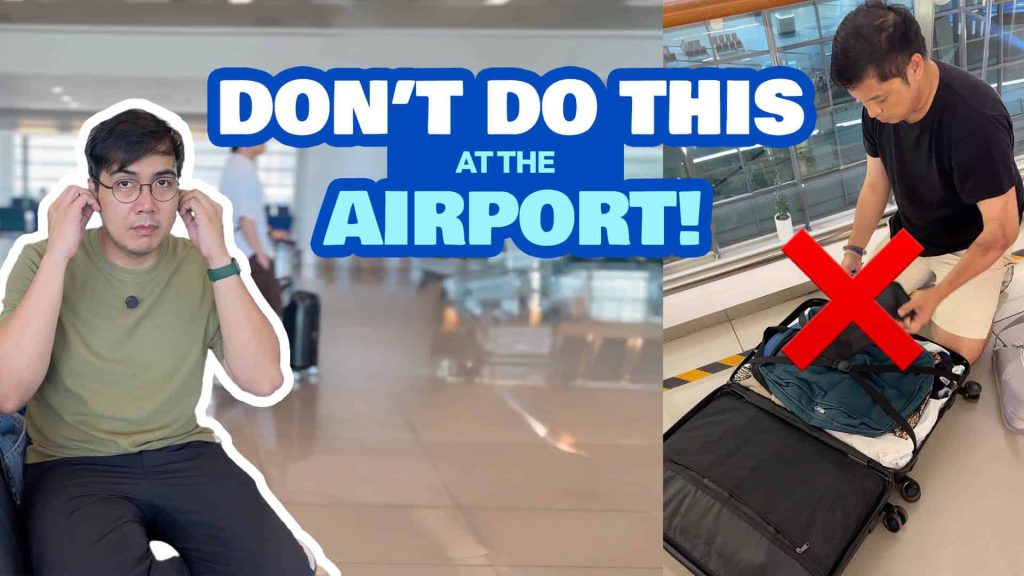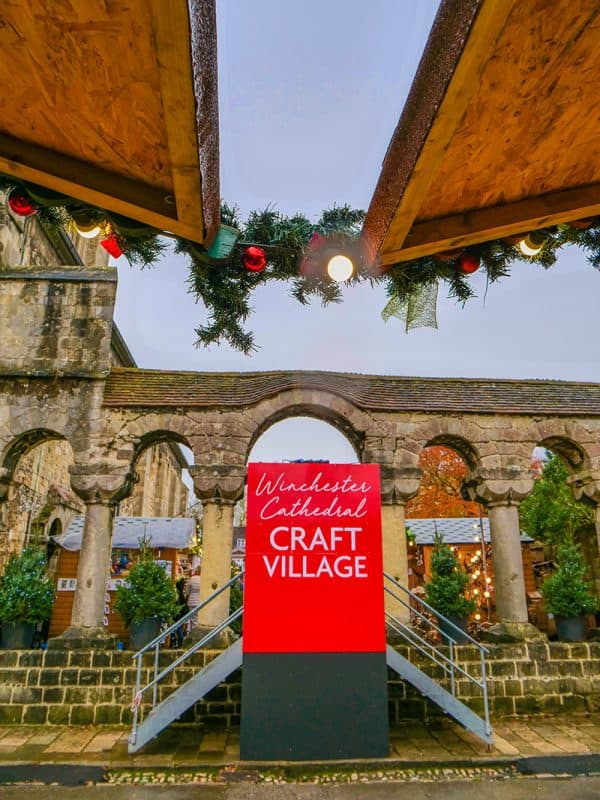Introduction to the Destination
Bhutan, the Land of the Thunder Dragon, is a secluded paradise nestled in the eastern Himalayas between India and China. Known for its stunning landscapes, rich culture, and Gross National Happiness philosophy, Bhutan is a must-visit place for those seeking a unique adventure off the beaten path.
Why it’s a Must-Visit Place
Bhutan offers a serene and unspoiled environment, ancient monasteries, vibrant festivals, and welcoming locals. It’s one of the world’s last remaining Buddhist kingdoms, and the country’s commitment to sustainable tourism ensures that its natural beauty and cultural heritage are preserved.
Overview of Unique Features
Bhutan is unique for its authenticity and untouched beauty. From the awe-inspiring Tiger’s Nest Monastery perched on a cliff to the verdant valleys of Paro and Thimphu, Bhutan offers an enchanting journey into a world where time seems to stand still.
Section 1: Preparing for Your Trip
Passport and Visa Requirements
All tourists, except for those from India, Bangladesh, and the Maldives, need a visa to enter Bhutan. Visas are only issued through a licensed Bhutanese tour operator or international partner. More information can be found on the official Bhutan tourism website.
Packing Tips
Bhutan’s climate varies greatly, so pack layers. Essentials include sturdy hiking boots, a rain jacket, warm clothing for the evenings, and modest attire for visiting monasteries. Don’t forget a good camera!
Travel insurance is a must, covering emergency evacuation, medical treatment, trip cancellation, and loss of belongings. World Nomads and SafetyWing are popular choices among travelers.
Section 2: Arrival in Destination
Airport Information
Paro International Airport is Bhutan’s only international airport. Facilities include a café, a duty-free shop, and car rental services. Taxis and hotel shuttles are available for transportation.
First Impressions
Expect a warm welcome and breathtaking views upon arrival. The traditional architecture, vibrant prayer flags, and serene atmosphere provide a glimpse into Bhutan’s unique charm.
Section 3: Where to Stay
Hotels and Resorts
From budget guesthouses to luxury resorts, Bhutan offers a range of accommodations. Choices include the budget-friendly Khamsum Inn and the luxury Amankora.
Local Homestays
Staying in a local homestay offers an immersive cultural experience. The Bhutan Homestay program provides opportunities to stay with Bhutanese families in traditional farmhouses.
Section 4: Exploring Destination
City Guides
Thimphu, the capital, offers attractions such as the Tashichho Dzong and the Buddha Dordenma statue. Paro is home to the iconic Tiger’s Nest Monastery. Punakha and Bumthang are also worth exploring.
Adventour Tours
Adventour tours offer guided treks, cultural tours, and festival tours. The Jomolhari Trek and the Druk Path Trek are popular choices.
Hidden Gems
Haa Valley, Phobjikha Valley, and the remote village of Merak are lesser-known gems offering tranquility and stunning landscapes.
Cultural Insights
Bhutan’s culture is deeply rooted in Buddhism. Festivals such as Tshechu are vibrant displays of Bhutanese culture, featuring masked dances and traditional music.
Section 5: Food and Drink
Local Delicacies
Emadatse (chili cheese stew), momos (dumplings), and red rice are must-try dishes. Ara, a local spirit, is also worth trying.
Dining Etiquette
Bhutanese people typically eat with their hands. Always use your right hand to give or receive food.
Section 6: Outdoor Adventures
Hiking and Nature Trails
Bhutan is a hiker’s paradise, with trails offering stunning views of mountains, monasteries, and pristine forests.
Water Activities
While Bhutan is landlocked, river rafting and kayaking on the Mo Chhu and Pho Chhu rivers in Punakha are popular water activities.
Section 7: Art and Culture
Museums and Galleries
The National Museum in Paro and the Folk Heritage Museum in Thimphu offer insights into Bhutan’s history and culture.
Local Art Scene
Bhutan’s art scene is rooted in traditional arts and crafts. Thangka painting, wood carving, and weaving are integral parts of Bhutanese culture.
Section 8: Nightlife and Entertainment
Live Music and Performances
Traditional music and dance performances can be enjoyed at festivals and cultural events.
Nightclubs and Bars
Thimphu offers a few nightclubs and bars, including Mojo Park and Space 34.
Section 9: Shopping and Souvenirs
Local Markets
Centenary Farmers Market in Thimphu is a great place to buy fresh produce and local products. Bargaining is not common in Bhutan.
Shopping Malls and Boutiques
For modern shopping experiences, visit Norzim Lam Street in Thimphu, which hosts a range of boutiques and shops.
Section 10: Travel Tips and Safety
Local Transportation
Taxis and hired cars are the most common modes of transportation. Public buses connect major towns.
Health and Safety
Bhutan is generally safe for travelers. However, altitude sickness can be a concern for trekkers.
Section 11: Responsible Travel
Sustainable Practices
Bhutan is the world’s only carbon-negative country. Travelers are encouraged to respect the environment and local customs.
Supporting Local Communities
Buying local products and using local services helps support the local economy.
Conclusion
Bhutan offers an unforgettable journey into a world of natural beauty and cultural richness. Embrace the adventure and enjoy the Land of the Thunder Dragon!
Appendix
Useful Phrases
“Kuzuzangpo” (Hello), “Kadrin chhe” (Thank you)
Emergency Contacts
Tourism Council of Bhutan: +975 2 323251, Royal Bhutan Police: 113.
#Exploring #Hidden #Paradise #Adventure #Travel #Bhutan,








